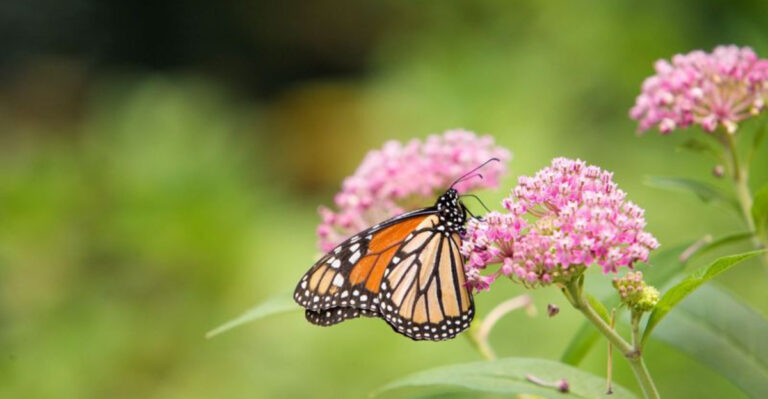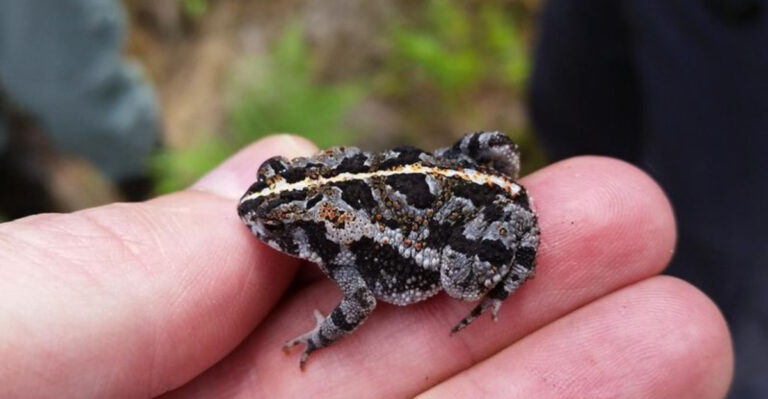11 Alligator-Infested Florida Rivers You’ll Want To Steer Clear Of
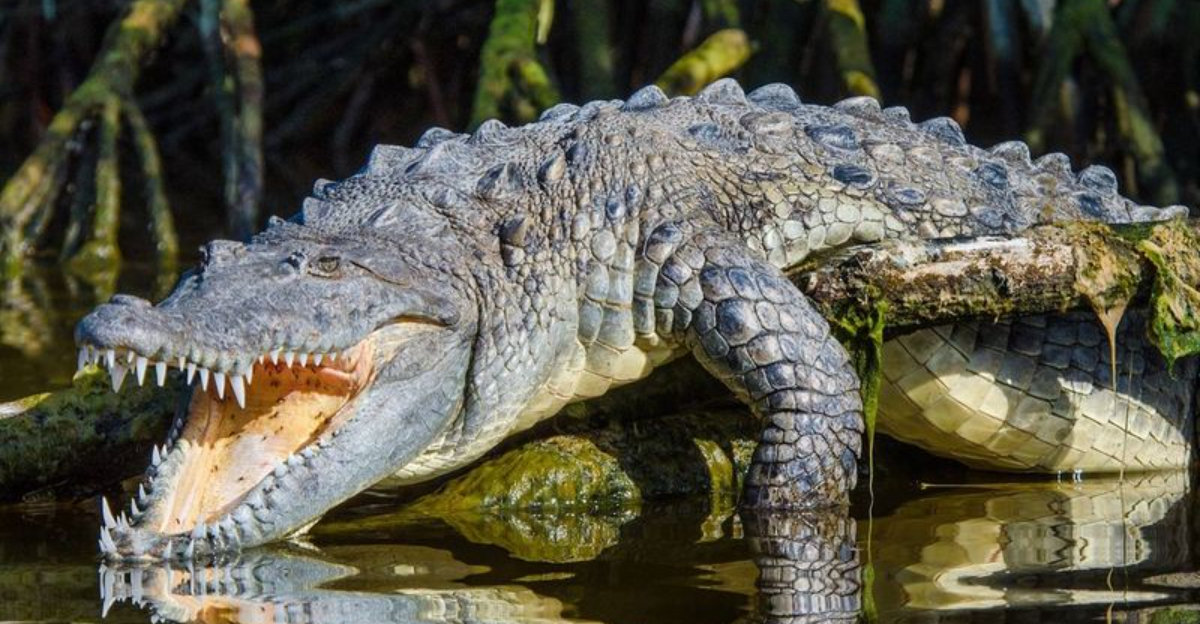
Florida is known for its warm climate and abundant wildlife, but not all of its natural beauty is as serene as it seems.
The state’s rivers, a fundamental part of its ecosystem, are home to a formidable resident: the alligator. These creatures have thrived in Florida’s waterways, making certain rivers hotspots for alligator activity.
1. St. Johns River
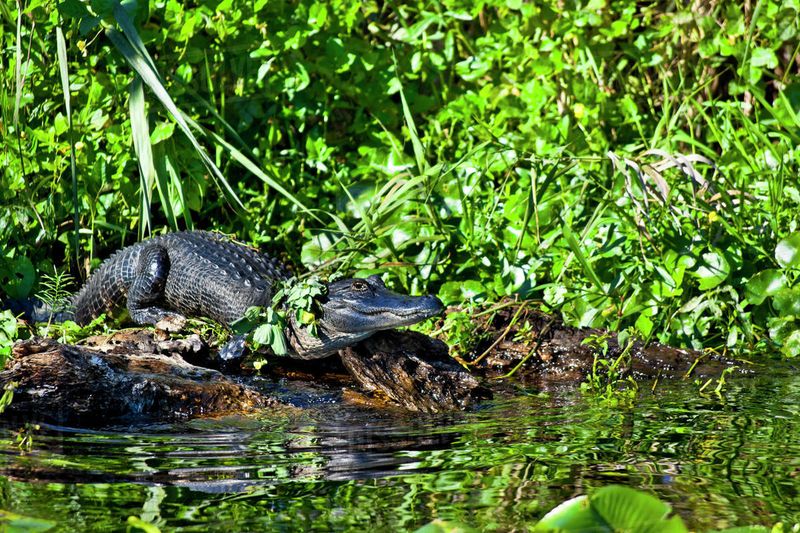
As Florida’s longest river, the St. Johns is a prime habitat for alligators. Its slow-moving waters and expansive wetlands provide the perfect environment for these stealthy reptiles.
From kayakers to boaters, those on the water are wise to stay alert—gators are often just below the surface.
2. Peace River
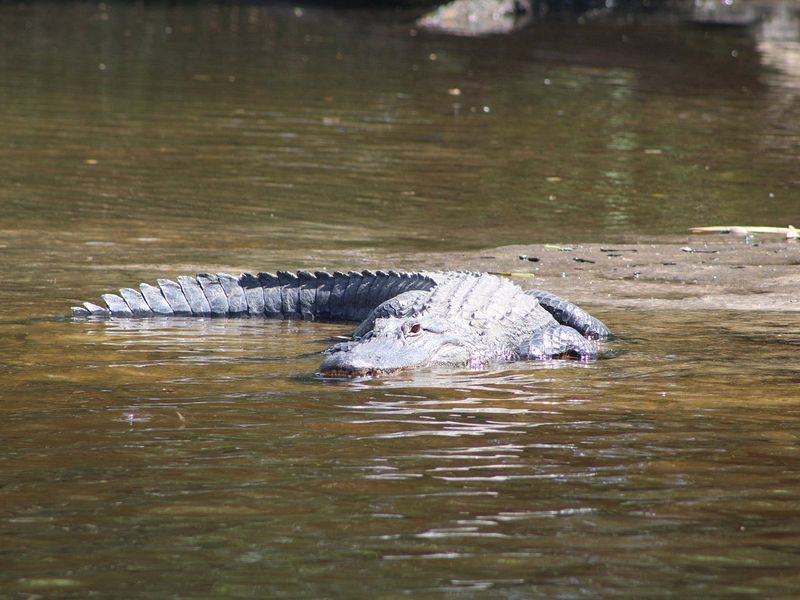
Flowing through central Florida, the Peace River is not only popular for fossil hunting but also for its sizeable alligator population.
Especially in warmer months, it’s common to spot them sunbathing on the banks or lurking in shallow waters. It’s peaceful in name only if you’re not paying attention.
3. Myakka River
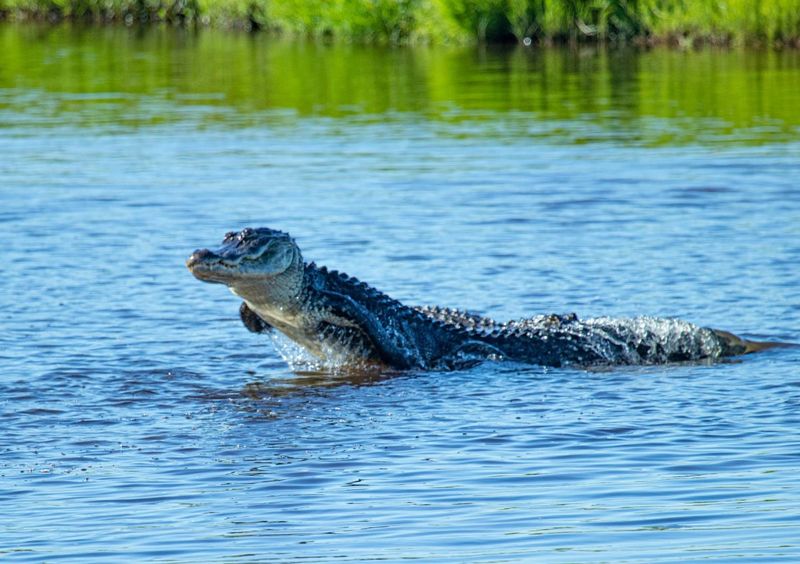
Located within one of Florida’s oldest and wildest state parks, the Myakka River is practically crawling with alligators.
Visitors often report seeing dozens from the park’s boardwalk or airboat tours. It’s a hotspot for wildlife enthusiasts—and a reminder to respect gator territory.
4. Hillsborough River
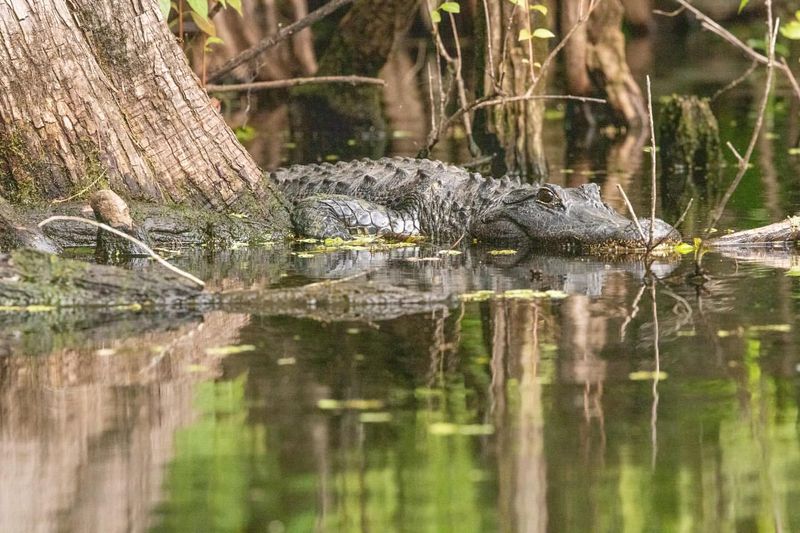
Running through Tampa, the Hillsborough River is known for scenic kayaking routes—and plenty of gator encounters.
Alligators thrive in its brackish water and dense vegetation. Even near urban areas, this river reminds you that wild Florida is never far away.
5. Suwannee River
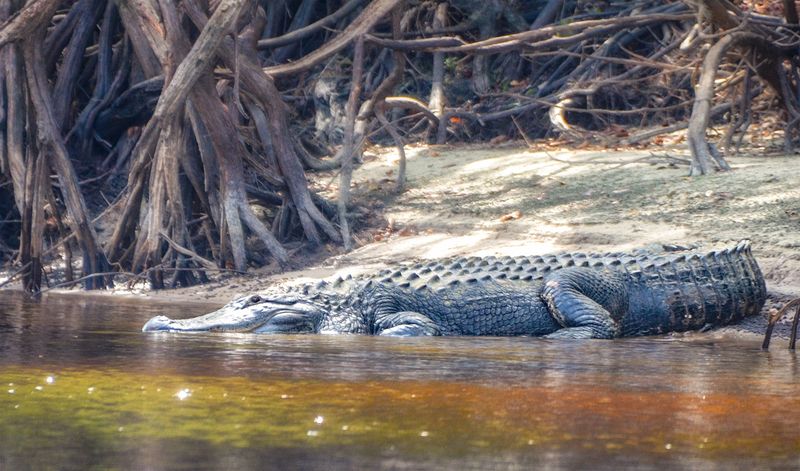
Steeped in folklore and natural beauty, the Suwannee River winds through forests and swamps that are home to many alligators.
Its murky depths and calm current make it easy for them to blend in. Whether fishing or paddling, this river keeps you on your toes.
6. Wekiva River
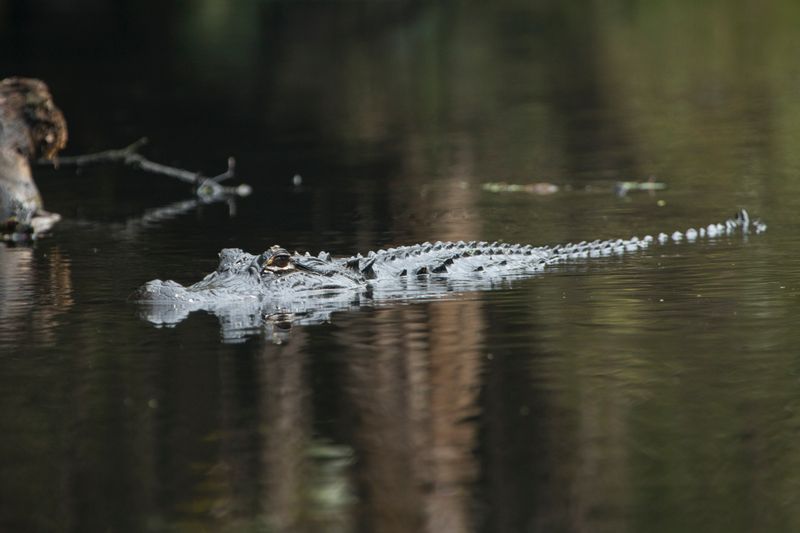
A designated National Wild and Scenic River, the Wekiva is stunning—but don’t let its beauty fool you.
The alligator population here is healthy and active. Swimmers and boaters should exercise caution, especially in the early morning or evening.
7. Withlacoochee River
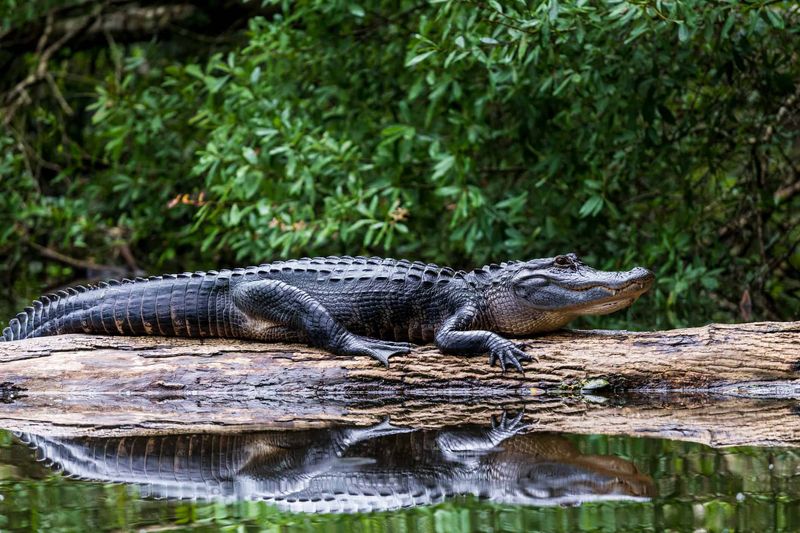
This winding, swampy river is a haven for alligators, especially in its more remote stretches.
Its dark water and dense cover make gator sightings frequent and sometimes startling. It’s best explored with respect and awareness of your surroundings.
8. Apalachicola River
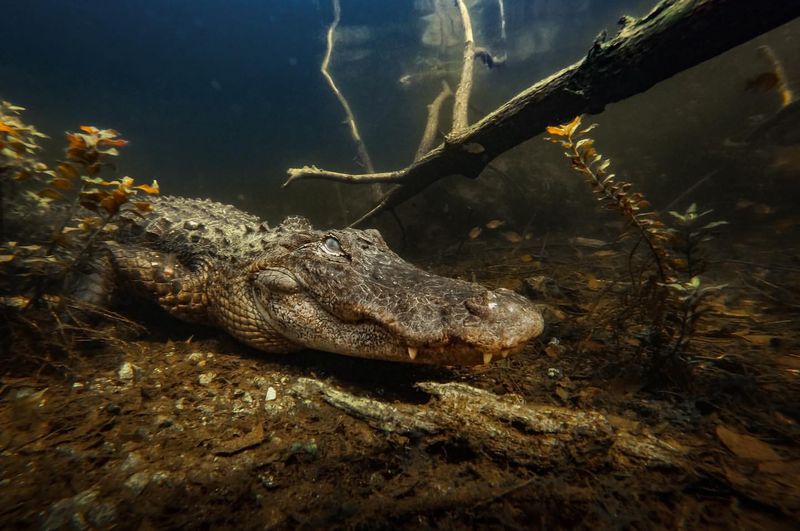
Bordering one of the most ecologically diverse regions in the Southeast, this river is teeming with life—including large gators.
With marshes, backwaters, and lowland forests nearby, the Apalachicola is prime alligator territory.
9. Loxahatchee River
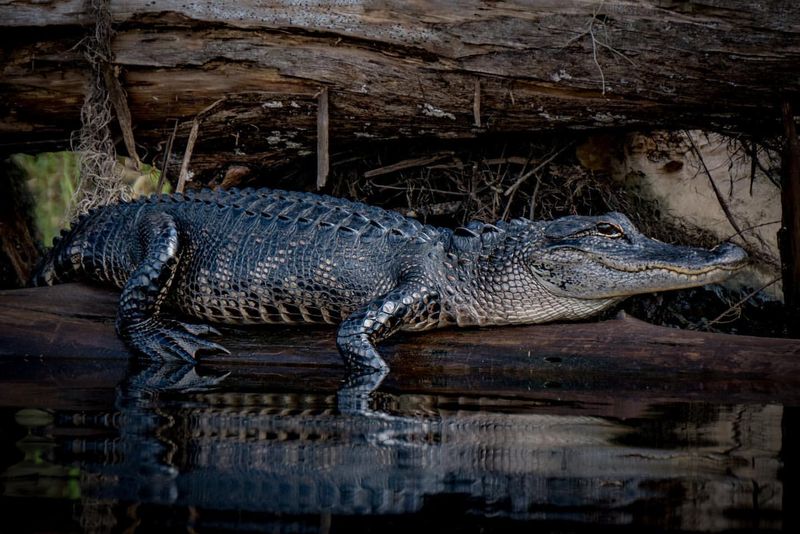
As one of Florida’s two nationally designated Wild and Scenic Rivers, the Loxahatchee is rich in wildlife—and that includes alligators.
Paddlers often share the waterway with these prehistoric predators, especially near the river’s quieter bends and in the cypress swamps.
10. Econlockhatchee River
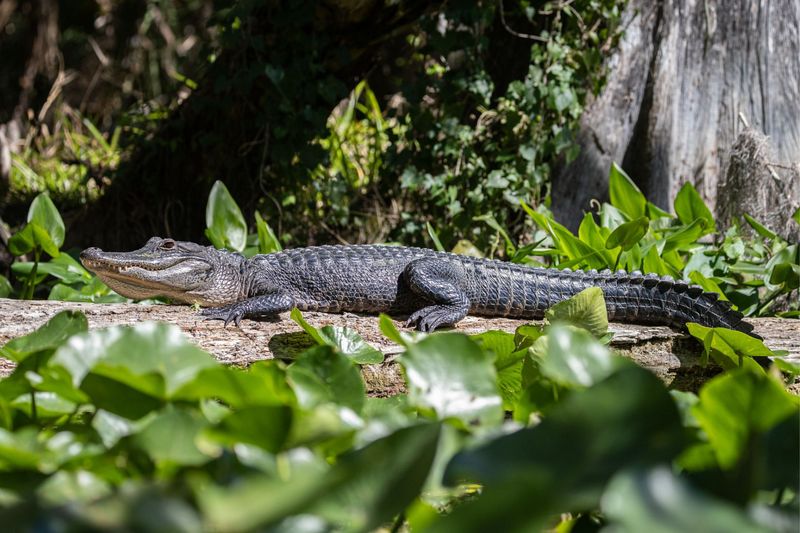
Known locally as the “Econ,” this river is a winding, lesser-known gem that flows through Central Florida.
It’s remote, scenic—and home to some impressively large gators. The tranquil water may look inviting, but a quick glance often reveals reptilian company.
11. Caloosahatchee River
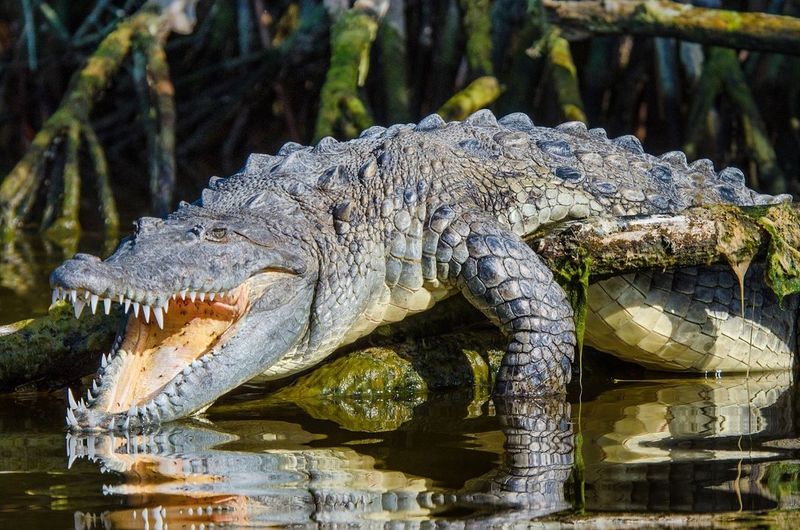
Stretching from Lake Okeechobee to the Gulf Coast, the Caloosahatchee is another Florida waterway where alligators thrive.
Though it flows through populated areas, the river’s marshy banks and quiet coves offer perfect hiding spots for gators of all sizes.


